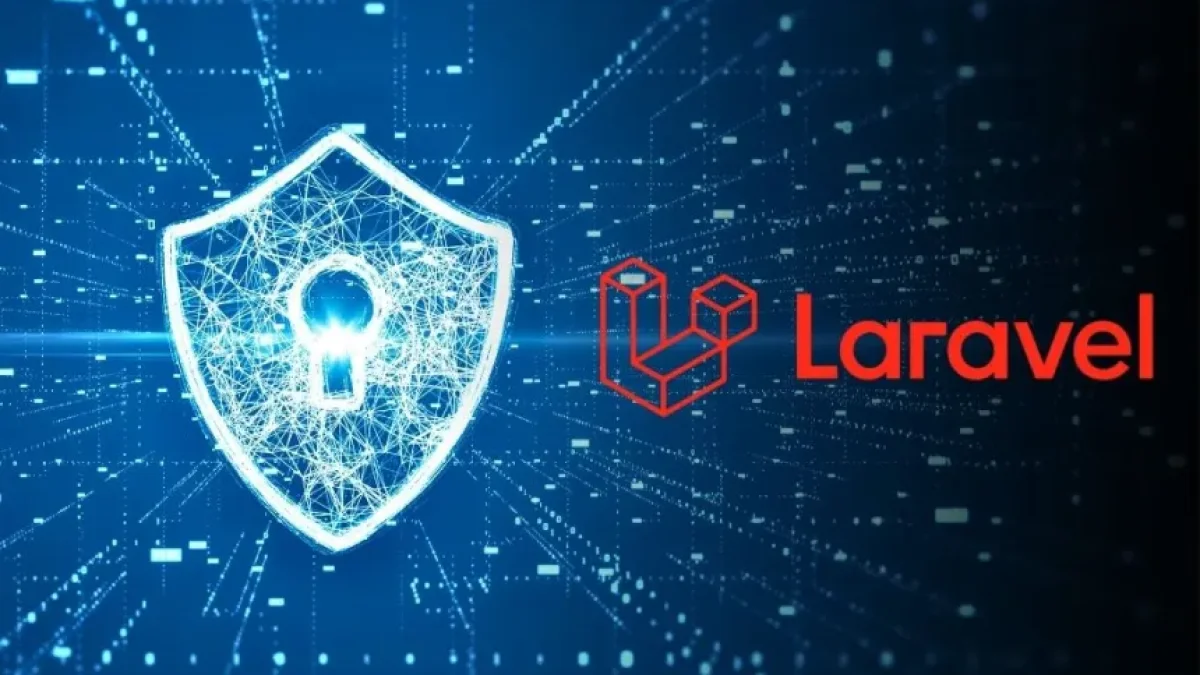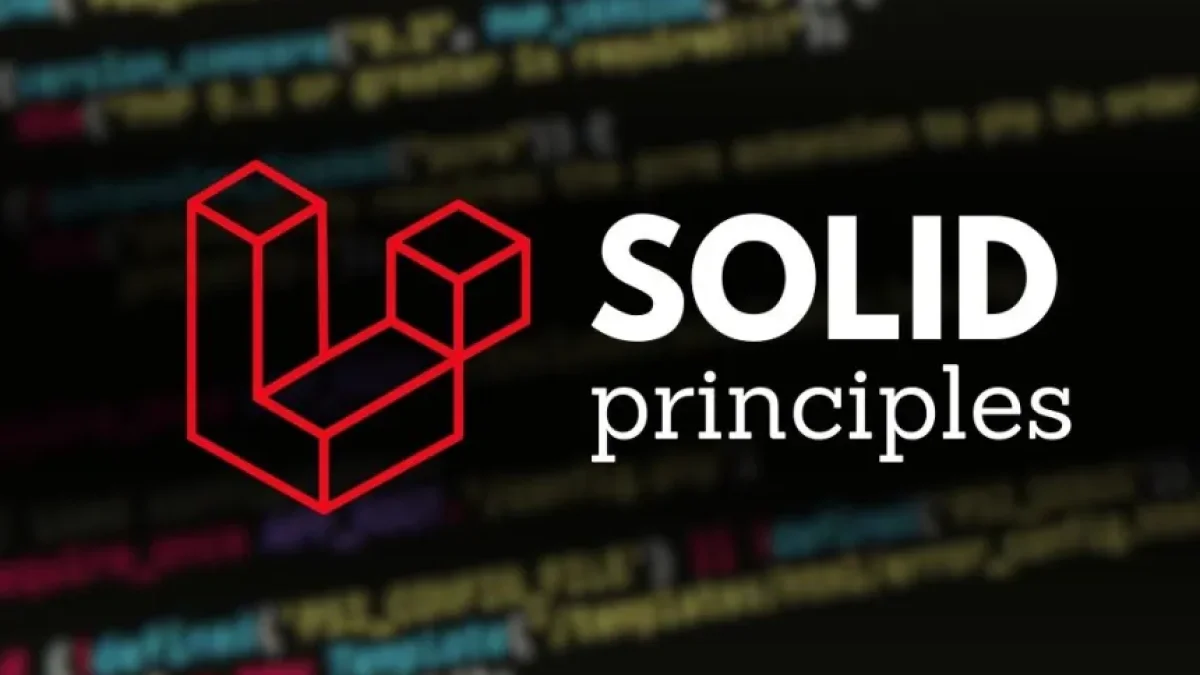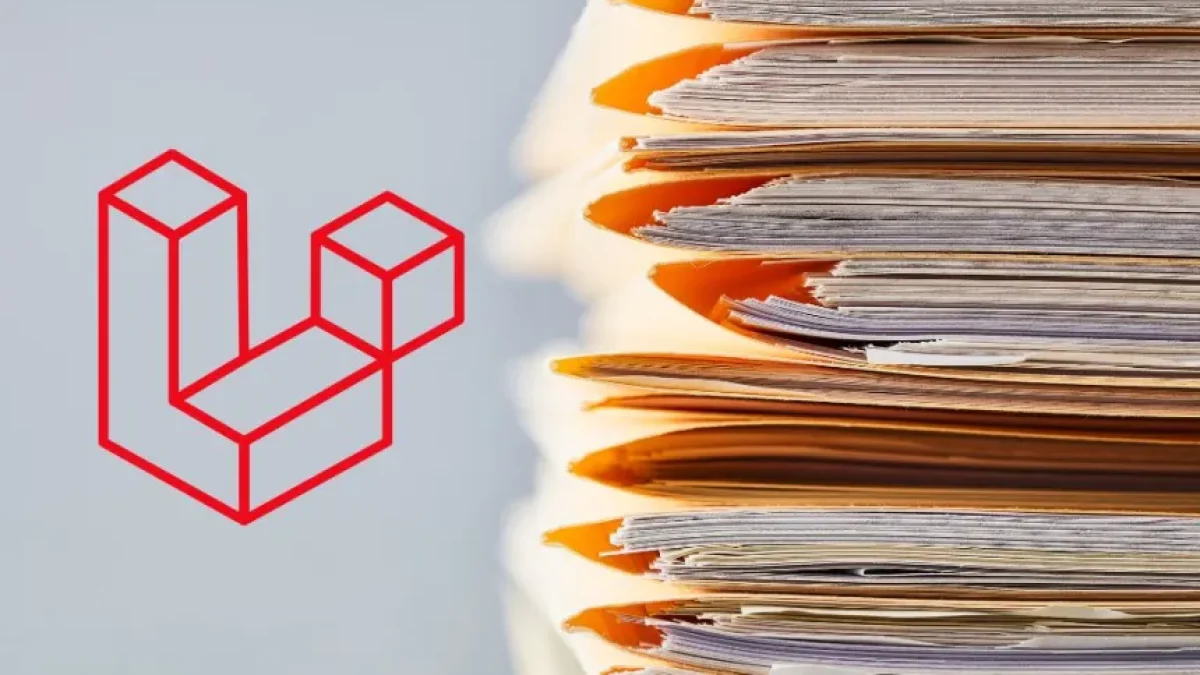How to prevent insecure deserialization in Laravel


Insecure deserialization is a vulnerability that can compromise the security of applications built on Laravel. Understanding how to prevent this type of attack is crucial for protecting information and ensuring the proper functioning of systems. In this article, we will explore concrete methods to mitigate the risks associated with insecure deserialization in Laravel.
What is insecure deserialization?
Deserialization is the process of converting previously serialized data (in a format suitable for storage or transmission) back to its original format. When an application allows the deserialization of data without proper validations, there is a risk that an attacker could manipulate this data, injecting malicious code that could be executed on the server.
Although Laravel is a robust framework that includes various security measures, it is important to apply best practices to avoid vulnerabilities in our application.
Strategies to prevent insecure deserialization
1. Validate input data
It is essential to validate all data entering your application before proceeding with any deserialization operation. This includes checking that the data meets expected criteria and is in a safe format. Use the validation tools provided by Laravel, such as form validation rules, to ensure that only correct data is accepted.
Read also
2. Use serialized data safely
Instead of using PHP's serialize() and unserialize(), which are prone to deserialization attacks, consider using safer methods. Laravel offers a feature called "encrypted attributes" that allows you to encrypt model attributes before storing them, providing an additional layer of security.
3. Implement appropriate design patterns
Use design patterns that promote separation of concerns, which can help improve the security of your application. For example, dependency injection instead of directly creating object instances can help prevent insecure deserialization.
4. Deserialize only what is necessary
Ensure that only absolutely necessary data for the application is deserialized. Deserializing more data than required can open doors to such vulnerabilities. By limiting the amount of data being deserialized, the chances of an attack are reduced.
Read also
5. Properly configure the .env file
The configuration of your .env file is vital for the security of your Laravel application. Ensure that all sensitive keys are appropriately set up and that the application is in production mode to avoid leaking sensitive information.
Regularly monitor and update
In addition to implementing the aforementioned strategies, it is crucial to conduct security audits regularly. Keeping informed about Laravel updates and applying security patches promptly can help prevent the exploitation of known vulnerabilities.
Conclusion
Insecure deserialization is a serious issue that can compromise the security of your Laravel application. By following the strategies mentioned, you can significantly reduce the risk of attacks.
I invite you to continue reading more news and tips like this on my blog, where you will always find useful information to improve the security and performance of your applications. Don't miss it!



















